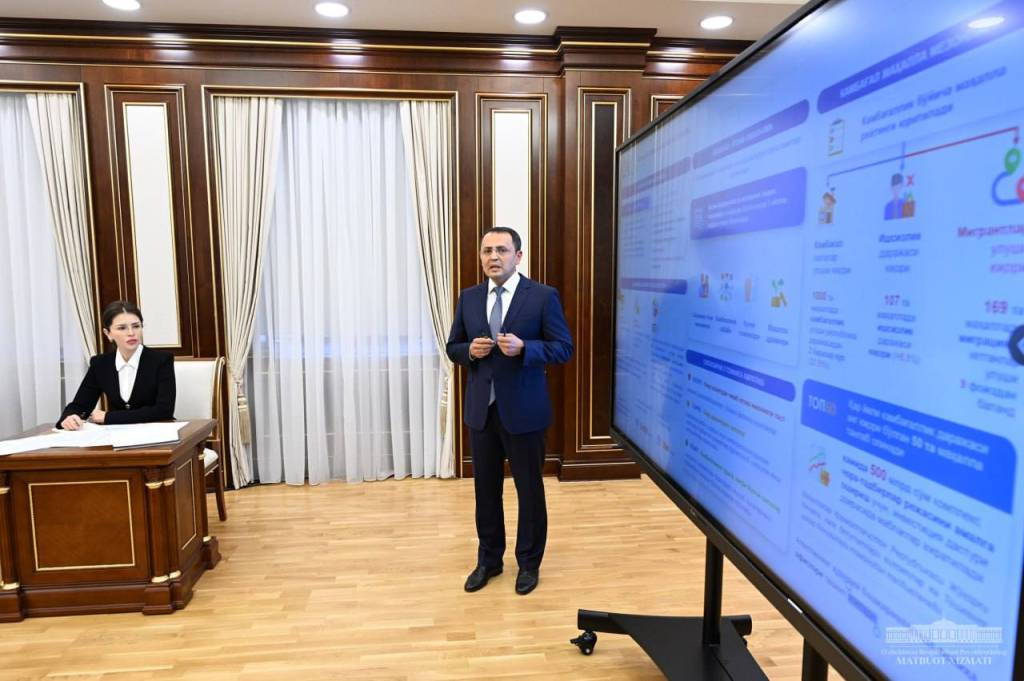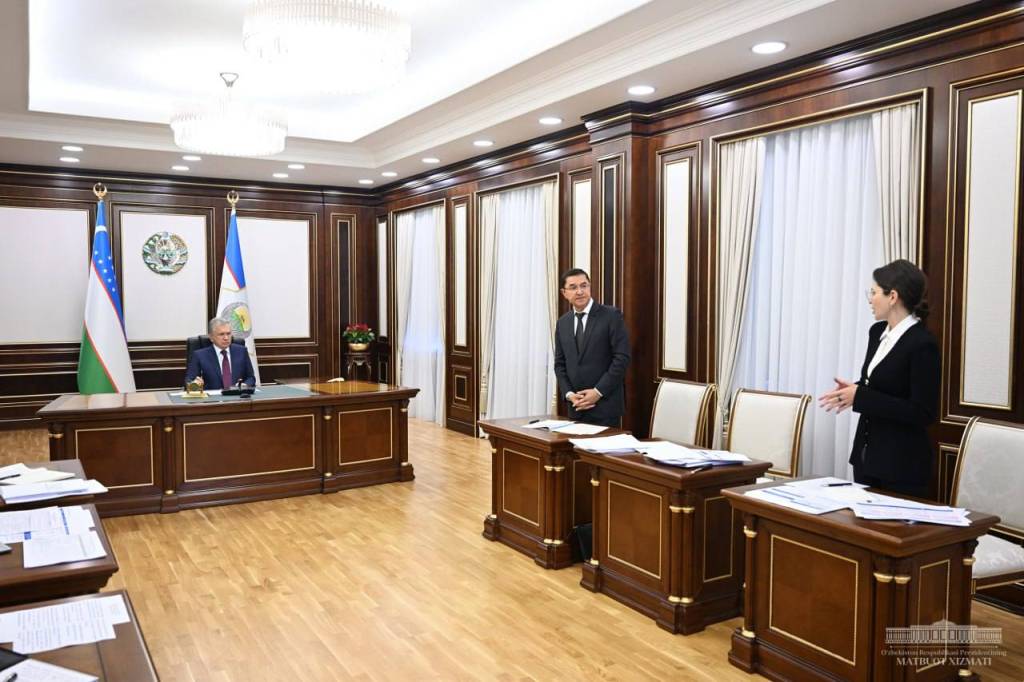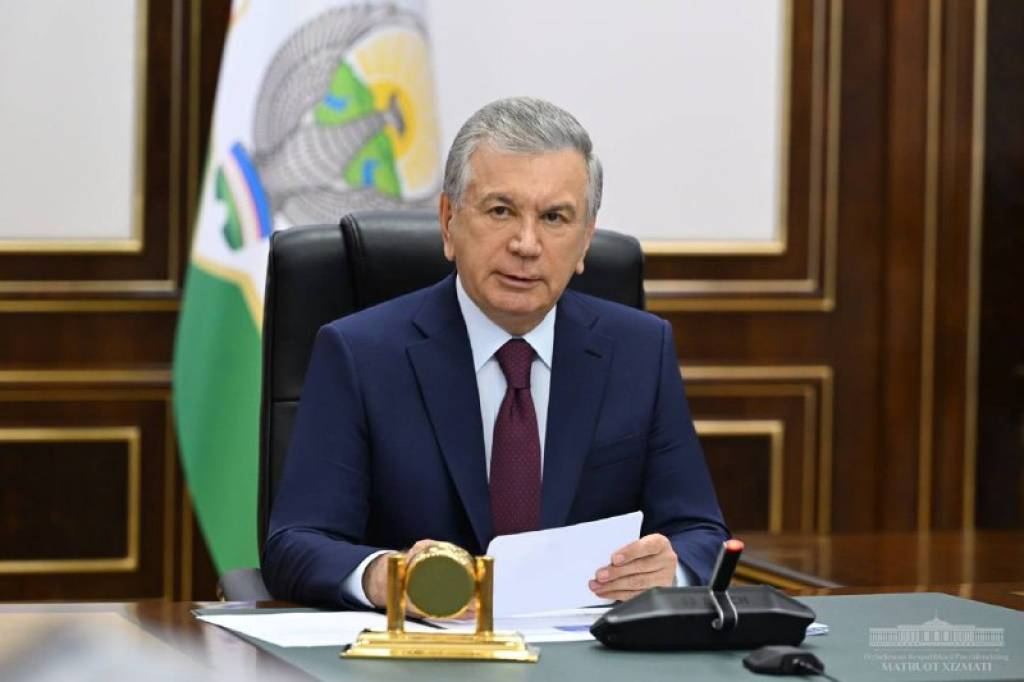WNAM MONITORING: President Shavkat Mirziyoyev got acquainted with a presentation on measures to improve the poverty reduction and social protection system.
Every country goes through a stage of fighting poverty in its development process. In 2020, Uzbekistan recognized that a specific part of the population was in poverty and began to support it. Financial and organizational measures were taken, and a system was introduced. This yielded results: the living conditions of more than 3 million people who had been in a difficult situation for many years improved. The poverty rate dropped from 17 to 11 percent.
The goal is to reduce the poverty rate from 11 percent to 7 percent in the next three years. It is difficult to further improve the effectiveness of the current system. There are no clear criteria for defining poverty, a holistic approach to bringing families out of this situation, or funds to distribute.
At a meeting held on July 12 this year in Fergana region, the Head of state noted the need for new approaches in this area, stating that poverty reduction and social protection will now be carried out within a single system.

Proposals for comprehensive work in these two areas were considered at the presentation.
In particular, based on the analysis, criteria for determining poverty and an address list will be formed, including individuals from the Unified Register of Social Protection and families at high risk of falling into poverty. The “mahalla of seven” and activists will vote to approve this status. The “Inson” (Human) centers will provide social services and assistance to lift people out of poverty.
To study the factors of poverty, a single questionnaire on social protection and employment in 8 areas will be developed. On this basis, families’ capabilities will be assessed and classified into 3 categories. Individual approaches and assistance will be applied to each family.
According to the same principle, a list of mahallas with a high poverty rate will be formed. The National Agency for Social Protection and hokimiyats will annually select 50 such mahallas and work to transform them into territories free from poverty and unemployment.
To date, assistants to hokims have been assigned more than 20 tasks. Therefore, the issue of poverty reduction has faded into the background. From now on, the activities of assistants to hokims will be reviewed. The main focus will be reducing poverty and ensuring employment for the population.

Every year, 14 trillion UZS are allocated for poverty reduction. However, these funds are distributed through 40 types of financial instruments and about 10 departments. There is no unified approach. In this regard, this system will also change. The agency and hokimiyats will distribute funds in regions, districts, and mahallas based on the number of low-income families. At the same time, the funds will be directed primarily to bringing the family out of poverty.
Implementing programs to reduce poverty will be monitored in three stages: at the level of the mahalla-district, region, and country. Public control in this area will be strengthened.
Instead of reserving jobs, tax breaks for entrepreneurs who hire people in need are planned. Vacancies will be fully digitalized. An online platform will be created that connects the customer with a home-based worker and a freelancer. In the mono-centers “Ishga Markhamat”, low-income citizens will be trained in modern professions in the service sector.
“Based on the experience accumulated in recent years and the needs of people, it is necessary to take poverty reduction to a new level. It is necessary to support the desires and capabilities of people in need and involve them in the life of society. In general, any social assistance should ultimately be linked to employment”, said Shavkat Mirziyoyev.
Responsible persons were given instructions to ensure the targeting and transparency of social assistance, increase employment, and develop small businesses.

